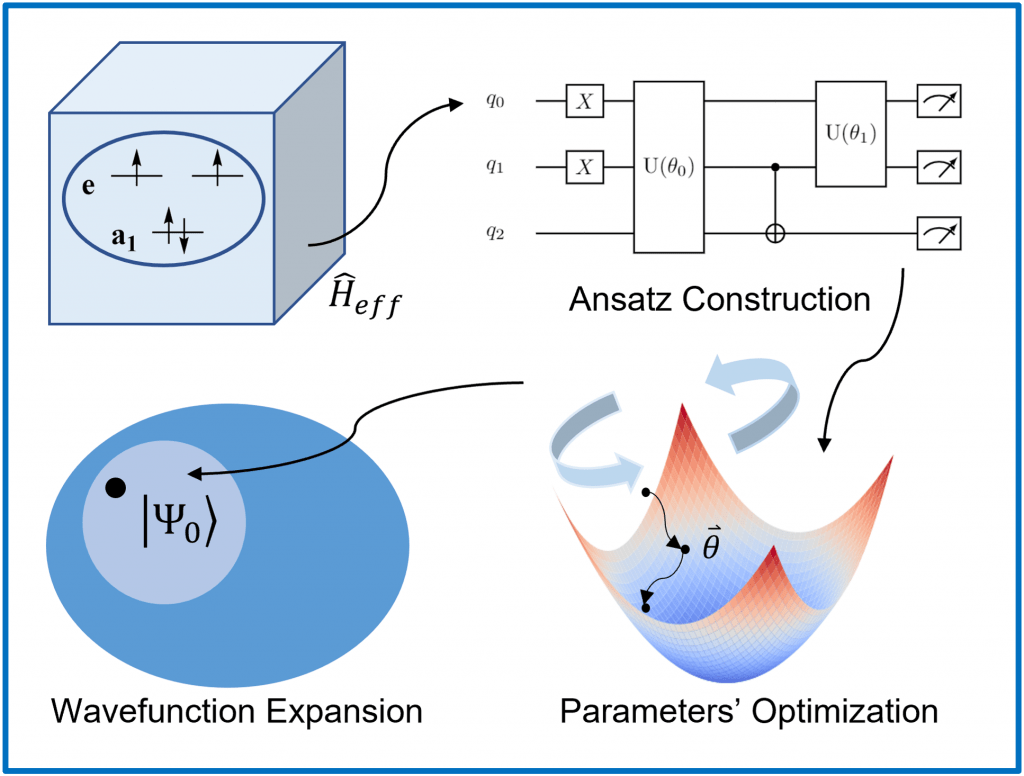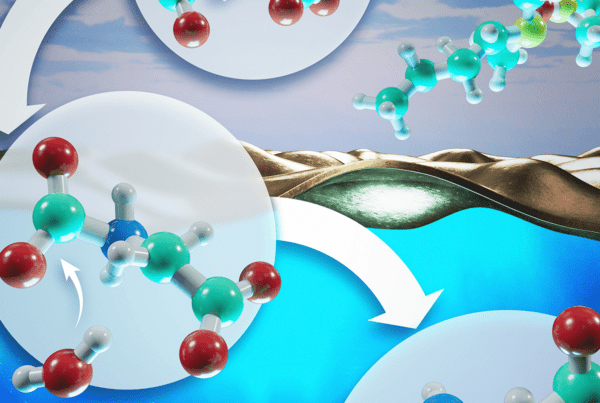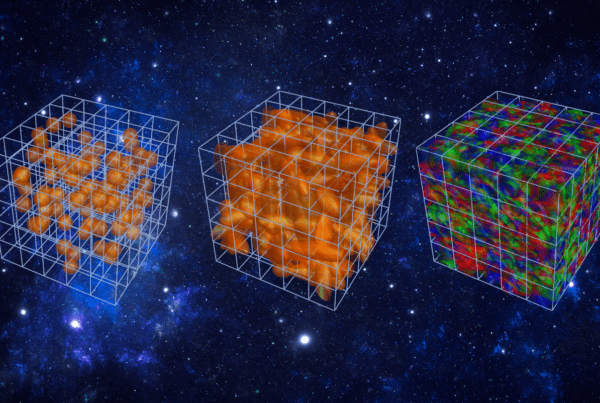Researchers reached new levels of accuracy in quantum simulations of spin defects using the Oak Ridge Leadership Computing Facility’s Quantum Computing User Program, or QCUP, at the U.S. Department of Energy’s Oak Ridge National Laboratory. Their work offers a potential step toward greater precision and reliability in computations on quantum hardware.
In a study led by researchers from the University of Chicago and Argonne National Laboratory, the team simulated quantum spin defects in a crystal and reduced errors introduced by the quantum computer to an acceptable level.
“The results were not perfect, but we were able to cut down the errors to such a point that the results became scientifically useful,” said the study’s senior author, Giulia Galli, a senior scientist at Argonne and professor of molecular engineering and chemistry at the university. “We got the noise error to an acceptable amount for this particular problem, but we still have a long way to go.”

Researchers used the Oak Ridge Leadership Computing Facility’s Quantum Computing User Program to achieve new levels of accuracy in simulations of quantum spin defects. Image Credit: Giulia Galli, Argonne National Laboratory
Quantum computing uses quantum bits, or qubits, to store information. Those qubits rely on the power of quantum mechanics to store more than the simple ones and zeros of classical computers — an advantage that could allow storage and transmission of vastly more information than the binary-value bits used by classical computers. The technology, if perfected, could enable scientists to tackle previously unsolvable research problems.
Realizing that promise requires methods to correct errors caused by the persistent noise of current quantum computers.
“Quantum computers are inherently noisy, so we have to come up with algorithms to correct for that,” Galli said. “The results are always fluctuating.”
Galli’s study used a quantum computer to simulate spin defects, or deviations in the alternating spins of atoms, in a diamond and in silicon carbide. These spin defects hold potential for encoding quantum information.
Computing time on IBM’s seven-qubit Casablanca system was provided by QCUP, which awards time on privately owned quantum processors around the country to support research projects. The program gave the team access to perform as many calculations as needed.
“To use these spin defects to encode information, we need to know certain values of the energy levels,” Galli said. “We tried to compute them with quantum mechanics on a quantum computer.”
Those energy values could also be calculated using classical methods. The team used the classically obtained predictions and an algorithmic method to correct noise in the quantum simulations.
“Some measurements gave us the wrong number of particles in the system,” Galli said. “We found a way, based on the physics of the system, to discard the noisy measurements that we knew were not correct. We used the algorithm to extrapolate the remaining noise to zero.”
The combination of techniques yielded “reasonably accurate” results that could be checked against classical measurements.
“We got the same results we would have gotten on a classical computer, but we showed we could get these results on a quantum computer using the algorithm and cut down errors,” Galli said. “Think of it as a hybrid calculation using both types of computers.”
The team hopes to expand on the findings by running larger and more complicated simulations using the same techniques.
“We’d like to gain access to more qubits to study more systems and see the problems we encounter when we run on a bigger machine,” Galli said. “We’d like to scale up to as many as 16 or 20 qubits so we can explore all these avenues and learn more about quantum computations.”
Support for this research came from the DOE Office of Science’s Advanced Scientific Computing Research program and the Basic Energy Sciences program. The OLCF is a DOE Office of Science user facility at ORNL.
UT-Battelle LLC manages ORNL for DOE’s Office of Science, the single largest supporter of basic research in the physical sciences in the United States. DOE’s Office of Science is working to address some of the most pressing challenges of our time. For more information, visit https://energy.gov/science.
Related publication: Benchen Huang, Marco Govoni, and Giulia Galli, “Simulating the Electronic Structure of Spin Defects on Quantum Computers,” Physical Review X Quantum 3 (2022): 10339, https://doi.org/10.1103/PRXQuantum.3.010339.






